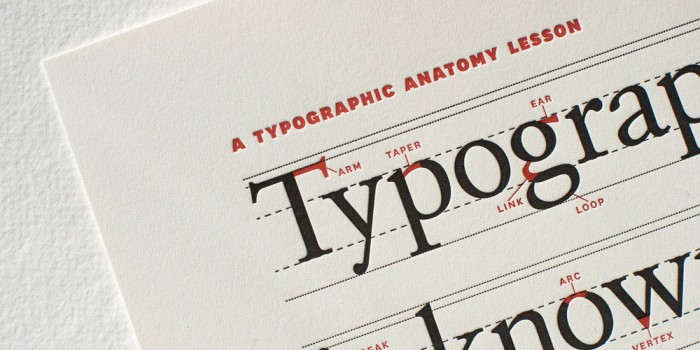One of the many challenges in product design is making colour choices. It feels (and is) extremely personal, but new research gives us some clues about what consumers want. Quite a lot of research has been done on individual colours, their connotations and how they influence consumer behaviour. Much of this is driven by the unconscious associations people have with those colours. For instance, if red has frequently been associated with warning signs or danger, it is helpful that our unconscious minds have adapted to notice that colour first: it wouldn’t be great if we allowed ourselves to get distracted by the millions of other visual elements in the landscape when what we need to see is the “Beware of imminent death” sign someone has considerately placed next to a hazard. As I wrote about previously, these unconscious associations can have unexpectedconsequences. But what about the use of different colours? […]






Recent Comments